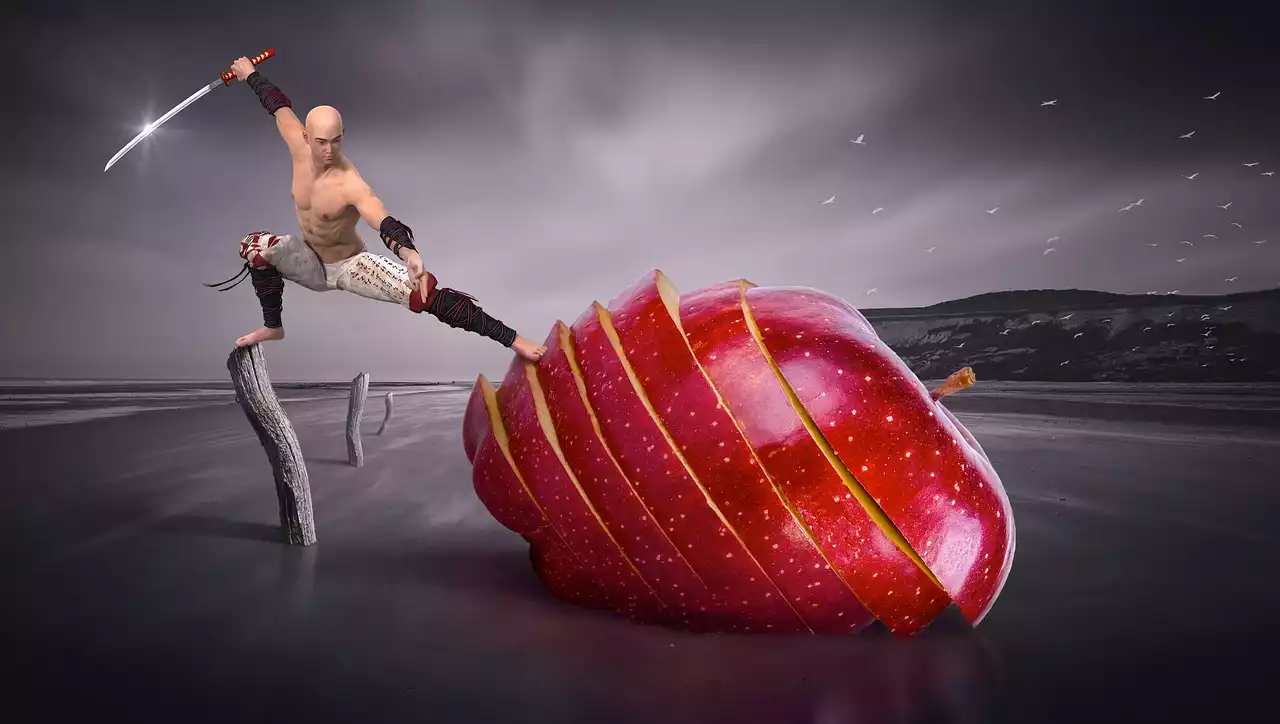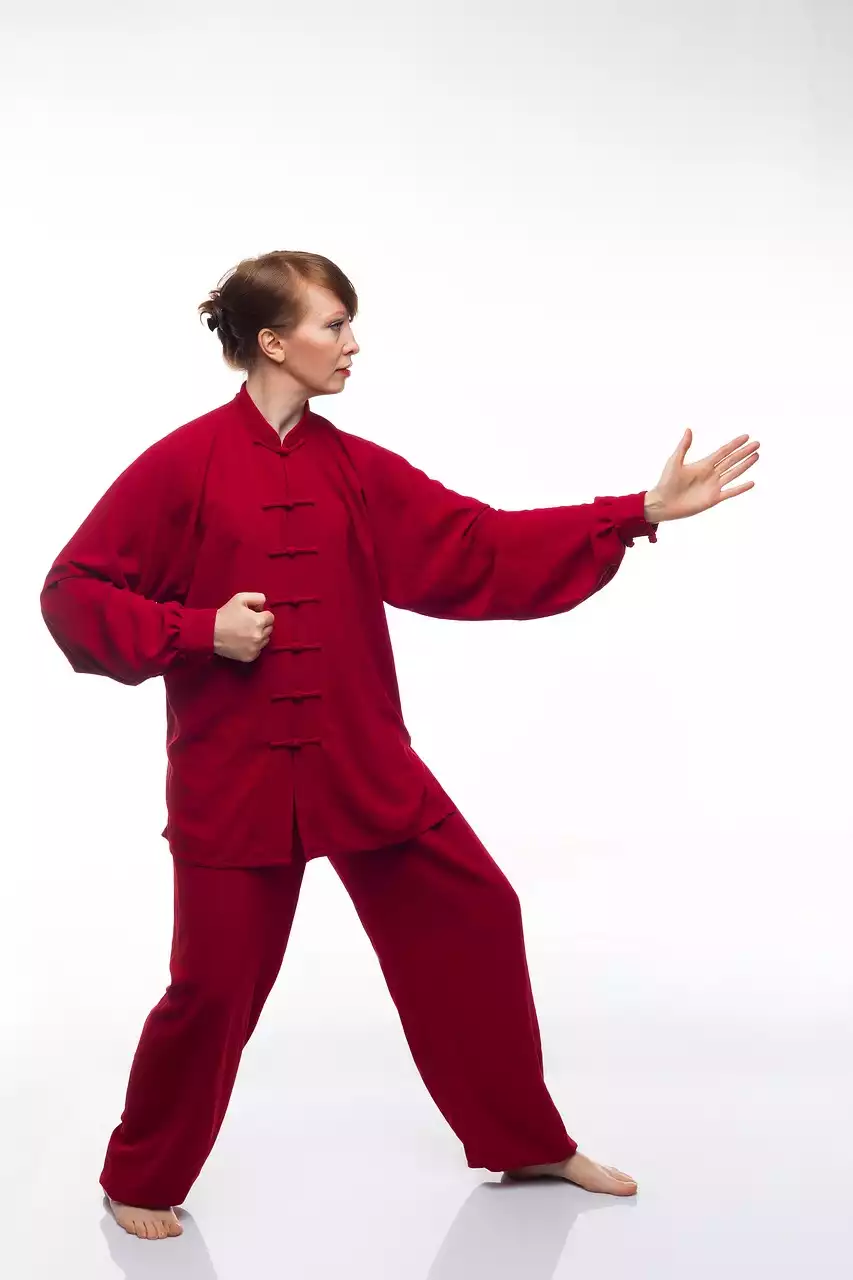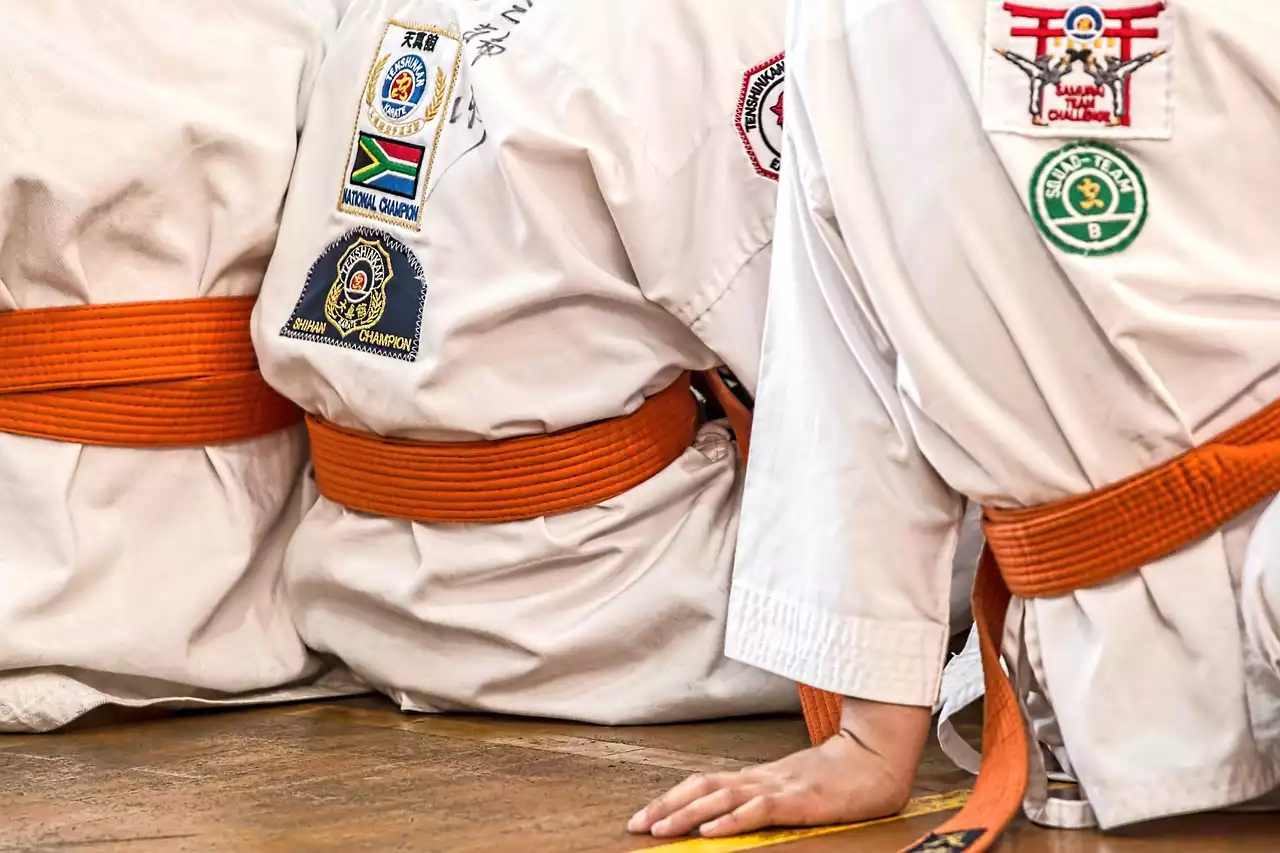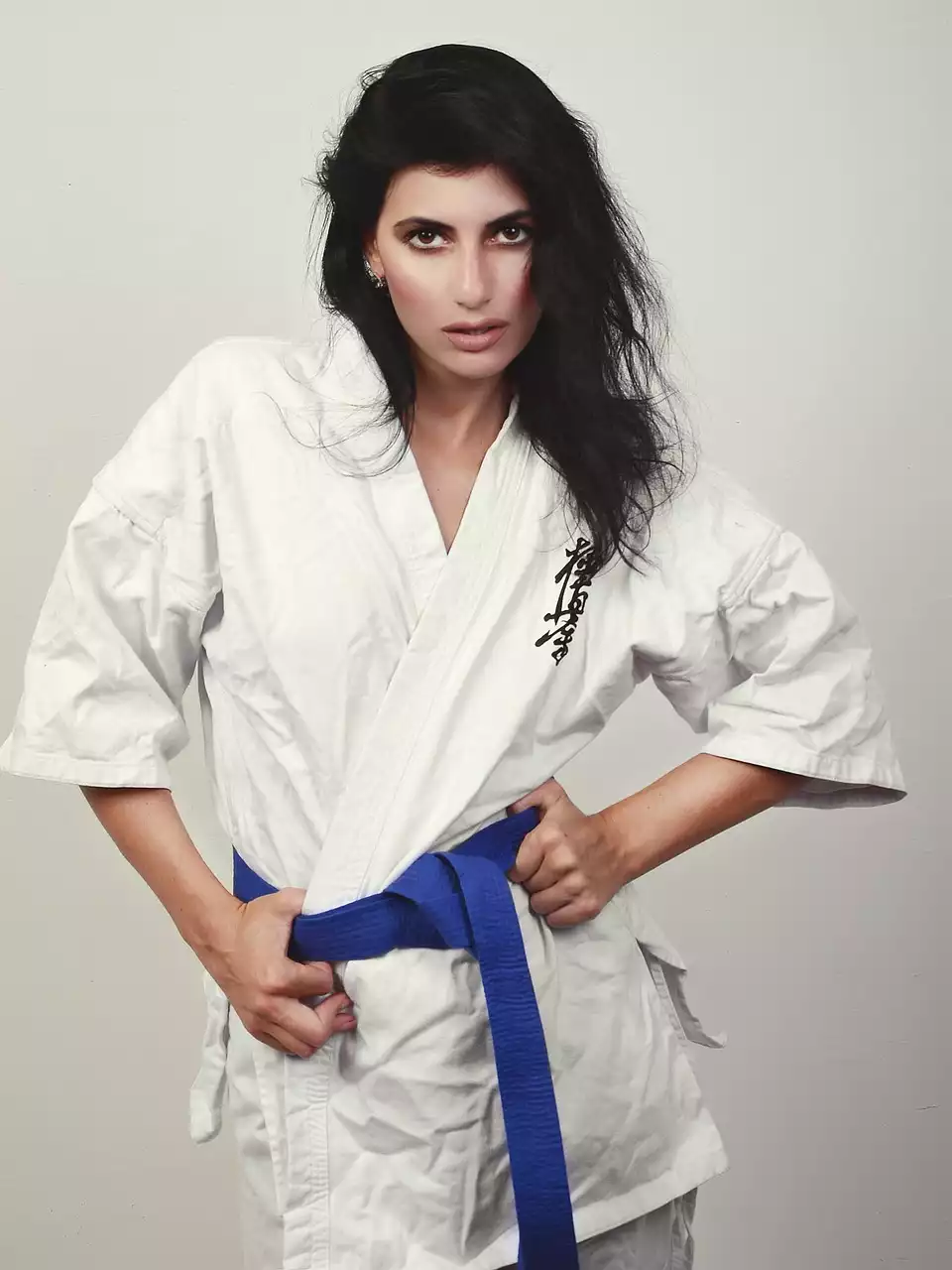Weapons used in Jujitsu
Jujitsu is a martial art that emphasizes the use of various weapons in combat. These weapons range from traditional Japanese weapons like swords and spears to modern-day tools like guns and knives. One of the most commonly used weapons in Jujitsu is the wooden practice sword, or bokken. The bokken is used to simulate the use of a real sword and helps students understand the proper use of a sword in combat.
Another commonly used weapon in Jujitsu is the staff or bo. The staff is a long wooden stick that can be used for both defensive and offensive purposes. The staff is used to block incoming strikes and can also be used to strike an opponent. The techniques used with the staff are often focused on leverage and control.
Finally, Jujitsu also uses various hand-held weapons like knives and guns. These weapons are used in self-defense situations where the practitioner needs to disarm an attacker. Understanding the proper use and disarmament techniques for these weapons is critical for any Jujitsu practitioner.
Understanding the different types of Jujitsu techniques
Jujitsu is a complex martial art that involves a wide variety of techniques. These techniques are focused on three main areas: offensive, defensive, and countering. Understanding each of these areas is essential for any Jujitsu practitioner.
Offensive Jujitsu techniques
Offensive Jujitsu techniques are focused on attacking an opponent. These techniques involve strikes, kicks, and throws. One of the most common offensive techniques in Jujitsu is the punch or strike. This technique involves striking an opponent with a closed fist, using the full force of the body to deliver a powerful blow.
Another common offensive technique in Jujitsu is the kick. The kick is used to strike an opponent with the feet, using the full force of the leg to deliver a powerful blow. The kick can be directed at various parts of the body, depending on the situation.
Finally, Jujitsu also involves various throwing techniques. These techniques are used to throw an opponent off balance, creating an opportunity for an attack. Throws in Jujitsu are often focused on leverage and control, using an opponent's weight against them.
Defensive Jujitsu techniques
Defensive Jujitsu techniques are focused on defending against an opponent's attack. These techniques involve blocking, evading, and redirecting an opponent's attack. One of the most common defensive techniques in Jujitsu is the block. This technique involves using the arms or legs to block an opponent's attack, deflecting it away from the body.
Another common defensive technique in Jujitsu is the evasion. The evasion involves moving the body out of the way of an opponent's attack, creating an opportunity for a counter-attack. The evasion is often used in combination with other defensive techniques like blocking.
Finally, Jujitsu also involves various redirection techniques. These techniques involve using an opponent's momentum against them, redirecting their attack away from the body. Redirection techniques are often used in combination with throws, creating a powerful counter-attack.
Countering Jujitsu techniques
Countering Jujitsu techniques are focused on countering an opponent's attack. These techniques involve using an opponent's attack against them, creating an opportunity for a counter-attack. One of the most common countering techniques in Jujitsu is the joint lock. This technique involves using leverage to lock an opponent's joint, creating pain and limiting their movement.
Another common countering technique in Jujitsu is the chokehold. The chokehold involves using the arms to apply pressure to an opponent's neck, cutting off their air supply. The chokehold is a powerful technique that can quickly end a fight.
Finally, Jujitsu also involves various submission techniques. These techniques involve applying pressure to an opponent's joints or limbs, forcing them to submit. Submission techniques can be used to end a fight without causing serious injury to the opponent.
Tips for mastering Jujitsu
Mastering Jujitsu is not an easy task and requires dedication, practice, and patience. Here are some tips to help you take your Jujitsu skills to the next level:
- Practice regularly: Jujitsu requires regular practice to master. Try to practice at least three times a week to improve your skills.
- Focus on technique: Jujitsu is a martial art that requires proper technique to be effective. Focus on perfecting your technique before worrying about power.
- Train with a partner: Jujitsu is a martial art that requires a partner to practice effectively. Find a partner who is also interested in Jujitsu and practice together.
- Attend classes: Attending Jujitsu classes is a great way to learn from experienced instructors and improve your skills. - Be patient: Mastering Jujitsu takes time and patience. Don't get discouraged if you don't see progress right away.
Common mistakes to avoid in Jujitsu
As with any martial art, there are common mistakes that beginners make in Jujitsu. Here are some mistakes to avoid:
- Focusing too much on strength: Jujitsu is a martial art that requires proper technique, not strength. Don't rely on strength to win fights.
- Ignoring defense: Jujitsu is a martial art that requires both offensive and defensive techniques. Don't ignore defense in favor of offense.
- Not practicing enough: Jujitsu requires regular practice to master. Don't expect to become a master overnight.
- Ignoring proper breathing: Proper breathing is essential in Jujitsu. Don't hold your breath during techniques.
- Not seeking guidance: Jujitsu is a complex martial art that requires guidance from experienced instructors. Don't try to learn on your own.
The benefits of practicing Jujitsu
Practicing Jujitsu has many benefits, both physical and mental. Here are some of the benefits of practicing Jujitsu:
- Increased fitness: Jujitsu is a great way to stay in shape and improve your fitness. - Improved flexibility: Jujitsu involves a wide range of movements that can improve your flexibility. - Increased confidence: Practicing Jujitsu can increase your confidence and self-esteem. - Improved self-defense: Jujitsu is a martial art focused on self-defense, making it a great way to protect yourself. - Stress relief: Practicing Jujitsu can be a great way to relieve stress and improve your mental health.
In conclusion, Jujitsu is a complex martial art that requires an in-depth understanding of various weapons and techniques. Mastering Jujitsu takes dedication, practice, and patience, but the benefits are well worth the effort. By understanding the different types of Jujitsu techniques and weapons, avoiding common mistakes, and practicing regularly, you can take your Jujitsu skills to the next level and enjoy the many benefits of this martial art.










